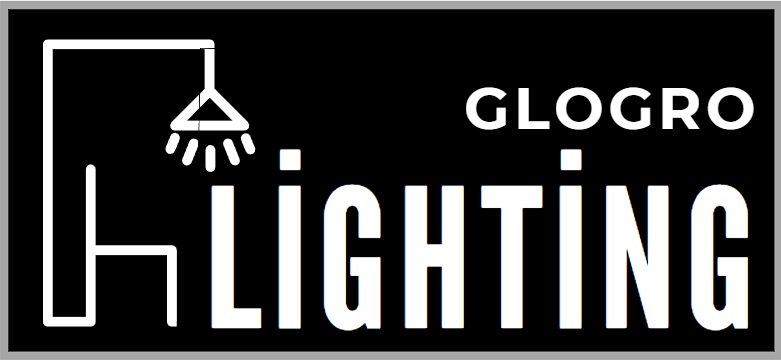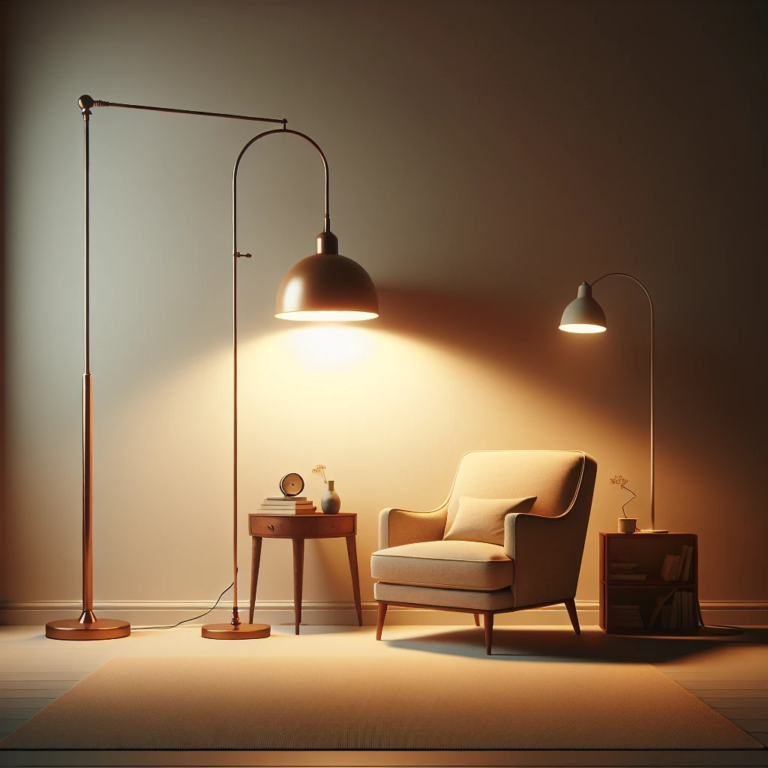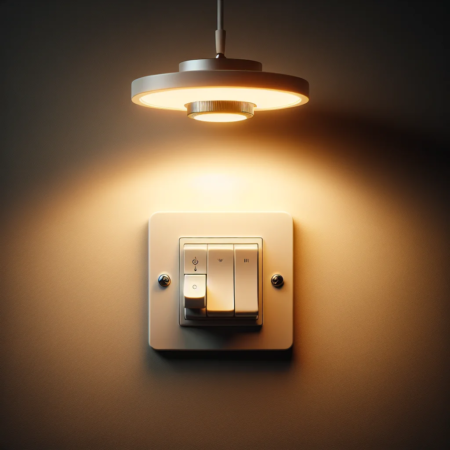Contents
Benefits of Lamps Over Ceiling Lights
Lamps offer several benefits over ceiling lights, including cost savings, mobility, and affordability. Using energy-efficient LED bulbs in lamps can lead to reduced electricity bills and fewer replacements, while the ability to control the usage of light more precisely optimizes energy usage. Lamps also provide the flexibility to be easily repositioned and relocated as per changing requirements, offering dynamic and customizable lighting arrangements. With a wide range of options available at different price points, lamps cater to varying budgets and preferences, eliminating the need for extensive modifications or renovations commonly associated with ceiling lights.
Cost savings
Using lamps over ceiling lights can lead to significant cost savings in the long run. While the initial cost of purchasing lamps may vary, the operational expenses are notably lower.
For instance, LED bulbs used in lamps consume less energy and have a longer lifespan compared to traditional ceiling lights. This translates to reduced electricity bills and fewer replacements, ultimately saving you money.
Additionally, the flexibility to choose energy-efficient bulbs for lamps further contributes to cost savings.
Another significant aspect of cost savings with lamps is the ability to control the usage of light more precisely. With lamps, you can selectively illuminate specific areas or create a cozy ambiance without the need to light up the entire room.
This targeted lighting approach helps in optimizing energy usage and minimizing expenses, especially in larger households or commercial spaces.
Moreover, the maintenance and installation costs associated with ceiling lights, such as hiring electricians for fitting or repairing fixtures, can be avoided with portable lamps. This adds to the overall savings and makes lamps a cost-effective lighting solution.
Mobility
One of the standout advantages of lamps over ceiling lights is the mobility they offer. Lamps provide the flexibility to be easily repositioned and relocated as per the changing requirements of different spaces.
Whether it’s for creating a reading nook, enhancing the ambiance in a room, or providing focused task lighting, lamps can be conveniently moved and adjusted without any complex installation processes.
This mobility aspect also contributes to the versatility and adaptability of lamps in various settings. In a home environment, lamps can be used to create different atmospheres for relaxation, work, or entertainment, simply by moving them to different spots.
Moreover, in commercial or hospitality settings, the ability to reposition lamps allows for dynamic and customizable lighting arrangements that can enhance the overall experience for customers or guests.
Furthermore, mobility brings an added layer of convenience when it comes to cleaning and maintenance. Lamps can be easily moved out of the way to thoroughly clean areas or change bulbs, making them a practical choice for everyday use.
Affordability
In terms of affordability, lamps offer a range of options that cater to varying budgets and preferences. From budget-friendly, standard lamp designs to premium, designer fixtures, there is a wide selection available at different price points.
This diversity enables individuals to find lamps that not only align with their financial constraints but also complement their decor and functional needs.
Moreover, the modular nature of lamps allows for customization and adaptability without a substantial financial investment. Users can mix and match lampshades, bulbs, and bases to create personalized lighting solutions that suit their aesthetic preferences and lighting requirements.
This customization aspect adds value and affordability by eliminating the need for extensive modifications or renovations commonly associated with ceiling lights.
Additionally, the ability to gradually expand or modify the lighting setup with multiple lamps offers a cost-effective approach to achieving layered and ambient lighting in diverse spaces. This incremental approach to lighting design can be particularly beneficial for individuals on a budget or those looking for flexible lighting solutions that grow with their evolving needs.
Lamps present compelling advantages over ceiling lights in terms of cost savings, mobility, and affordability. From reduced operational expenses and enhanced flexibility to diverse customization options, the decision to opt for lamps can lead to significant benefits for both residential and commercial lighting needs.
Are Lamps Better Than Ceiling Lights?
Lamps are favored for their energy efficiency because they allow you to control the amount of light emitted and therefore reduce energy consumption. This flexibility makes them a sustainable choice for lighting up specific areas or creating an ambiance without the need to illuminate the entire room unnecessarily. Additionally, LED lamps are highly energy-efficient and can significantly reduce electricity bills.
Design flexibility
When it comes to design flexibility, lamps offer an array of styles, sizes, and designs that can cater to various interior aesthetics. They can be positioned strategically to not only serve their primary function but also enhance the visual appeal of the space. With the ability to easily move them around, lamps empower users to experiment with different lighting placements to achieve the desired ambiance in different areas of the room. This allows for customization and personalization of the lighting layout.
Customizable lighting options
Lamps provide customizable lighting options that can be tailored to meet specific needs and preferences. Whether it’s adjustable floor lamps that offer varying levels of brightness or decorative table lamps that contribute to the overall design scheme, the versatility of lamps allows users to create a lighting setup that suits their individual requirements. Furthermore, the ability to choose different types of bulbs for lamps enables users to achieve the desired color temperature and mood lighting, promoting a personalized and comfortable environment.





